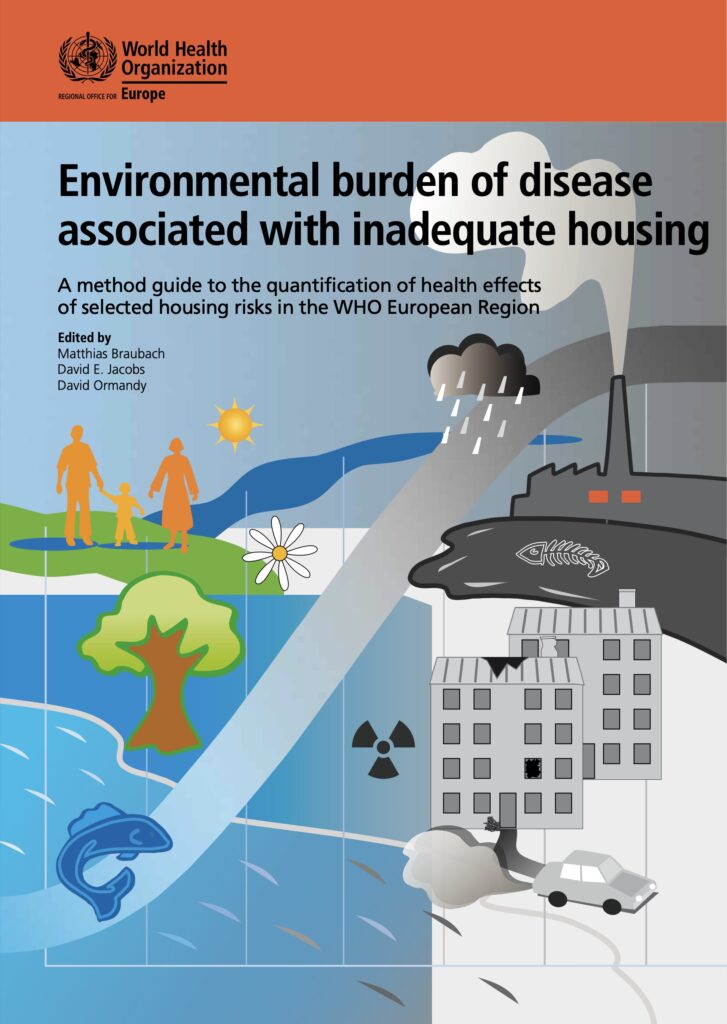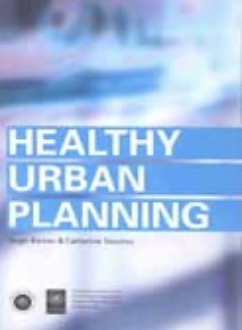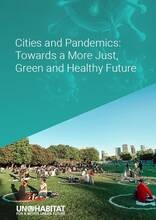A quick overview of recent events in the world (deadly pollution, the increase in chronic diseases, epidemics linked to the invasion of certain species …) reveals the immense challenge facing urban areas to continue to be liveable and maintain healthy populations. These events illustrate both the vulnerability and the complexity of urban systems that result in multiple dependencies, whether it is access to quality resources (water, air, food, energy) or the widening of social and economic inequalities with the process of metropolisation.
It also shows that the levers of action on health and well-being depend on broader policies than health stricto sensu, and have cultural, social and economic impacts for which the urban dimension plays an integrator and regulator role.
As evidenced by the New Urban Agenda (NAU) adopted in Quito in 2016 that take over the Sustainable Development Goals of the United Nations (adopted in 2015), and that beyond reaffirming the public health challenges with SDG 3 introduced with the SDG 11 the challenge of sustainable cities. To these two objectives are added SDGs 8 and 9 on planning and infrastructure. These different objectives intersect around living conditions (housing), urban health (individual and collective) and open the possibility of a reformulation of the concept of sustainable development : a process leading to a better quality of life for all.
Digital Impact
The digital revolution with its positive or contested effects is playing a role of accelerator on several levels in the health sector :
- on scientific innovations and advances in the field of medicine, health and risk-prevention;
- on the modification of the relations between carer / patient with the development of connected objects, telemedicine or networked medicine, the transformations of places of care;
- on the increasing demand of the inhabitants to participate (bottom up) in risk-prevention, to the environmental improvement related to their health and especially on the questions of healthy food, to the extended definition of health to the well-being, the participation of the construction of their living environment.
A few references
Environmental burden of disease associated with inadequate housing
Methods for quantifying health impacts of selected housing risks in the WHO European Region
This guide describes how to estimate the disease burden caused by inadequate housing conditions for the WHO European Region as well as for subregional and national levels.
The guide outlines, using European data, the evidence linking housing conditions to health, and the methods for assessing housing impacts on population health. This is done for twelve housing risk factors in a practical step-by-step approach that can be adapted to local circumstances and knowledge. This guide also summarizes the recent evidence on the health implications of housing renewal, and provides a national example on assessing the economic implications of inadequate housing.
Healthy urban planning means planning for people. It promotes the idea that the city is much more than buildings, streets and open spaces, but a living, breathing organism, the health of which is closely linked to that of its citizens.
Conditions in cities, sometimes compounded by urban planning practices, can be detrimental to health. Healthy urban planning focuses on the positive impact that urban planning can have on human health, wellbeing and quality of life, and reflects WHO’s broad definition of health. The book explains concepts and principles, and draws on the experiences of cities and towns throughout Europe, many of which are part of the Healthy Cities movement. It then goes on to suggest an approach which puts a desire for healthy citizens back at the very heart of urban planning practice.
Professionals involved in the planning, design and regeneration of the urban environment will find the ideas and approaches contained in this book refreshing and stimulating. It will also enable public health professionals to learn more about the role urban planners can play in promoting health.
Cities and Pandemics: Towards a more just, green and healthy future
The UN-Habitat’s Report on Cities and Pandemics : Towards a More Just, Green and Healthy Future presents an analysis of the situation of the COVID-19 in cities and urban areas after one year since the declaration of pandemic and outlines a range of bold measures that could deliver a lasting and sustainable recovery from the current crisis.
From the early days of the pandemic, cities have been on the frontline of COVID-19. The spread of the virus globally through travel, trade and mobility meant that a large number of the first detected infections appeared in urban areas, prompting many to question their future. These concerns only deepened as restrictions to contain transmission, such as lockdowns and curfews, brought local economies to a standstill. Yet in the months that followed, as the challenges of the pandemic have evolved, so too has our understanding of the disease and its complex relationship with cities.



